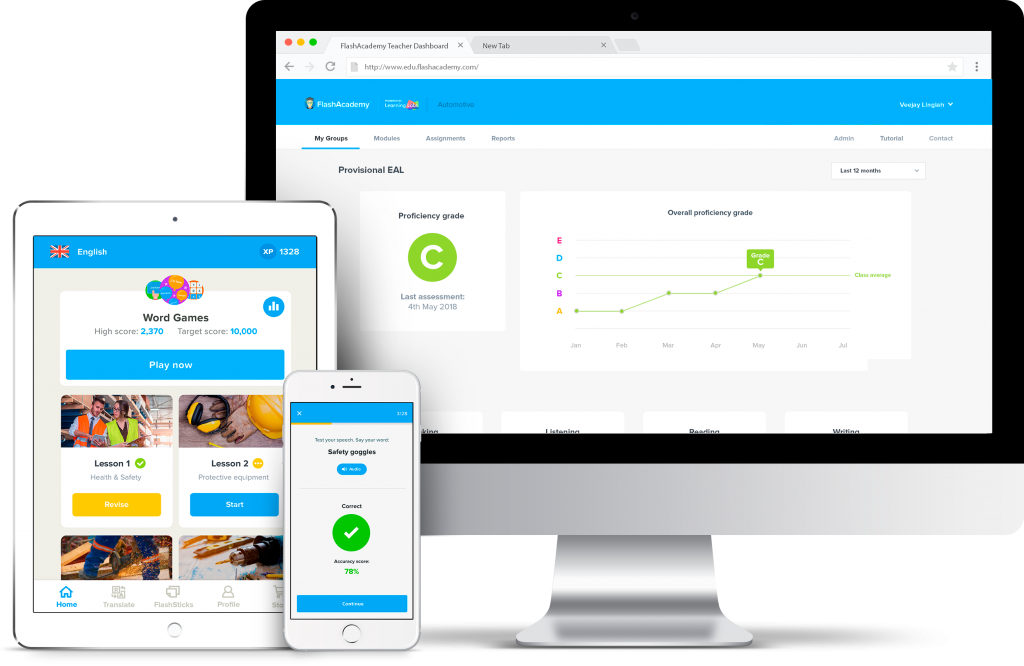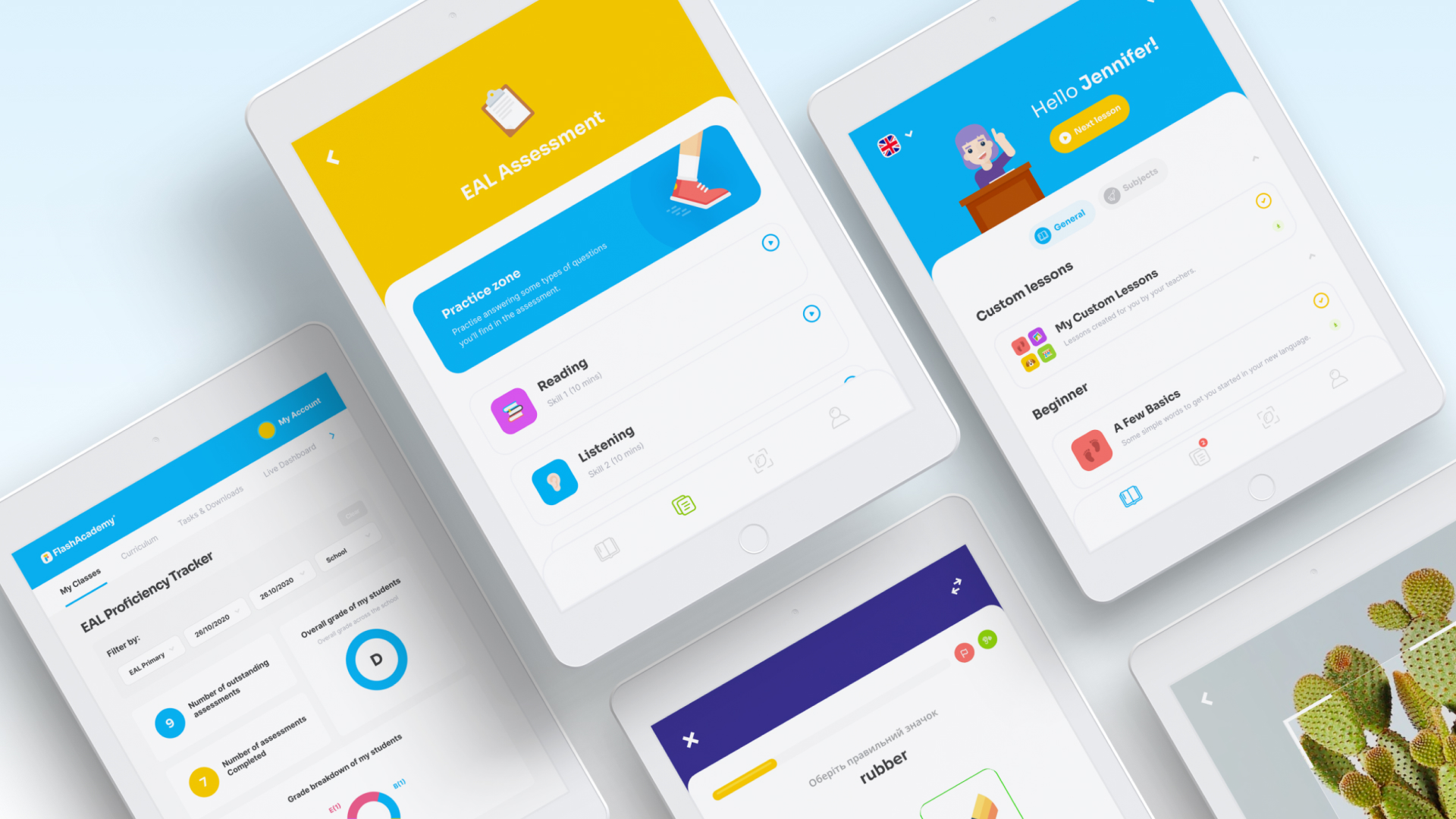

Health and Safety are crucial considerations for management across a number of different industries. In construction, migrants are twice as like to be involved in a work-related accident compared to native employees. The reasons for this are varied but there are some clear things that companies can implement to improve health and safety for migrant workers.
Training in Health and Safety for Migrant Workers
Every organisation has it’s own processes and procedures and the accepted way of doing something may vary greatly from country to country. Companies should ensure that new migrant workers are aware of the Health & Safety and procedural requirements of their role, even if they have plenty of experience in the same industry. Training should be structured, clear and simple, so it can be replicated and so it is as accessible as possible for migrant workers who have a lower level of English acquisition.

Communication of Health and Safety for Migrant Workers
When employing workers whose first language isn’t English, it’s important to ensure that all procedures and training are accessible, whether this involves procedures for completing work in a satisfactory manner or manuals to ensure the health and safety for migrant workers/ all employees. There are a few ways companies can go about this:
- Some companies opt to provide these documents in a number of languages. This can be helpful if your procedures don’t change regularly or you only have a low number of home languages that need translating. This might also be most suitable for agency workers where further integration in company best practice isn’t required because the workers are only temporary.
- Some companies will just ensure that their manuals are presented in very simple English with visuals to support, in an attempt to make it accessible to a wide a range of people as possible. This is helpful if procedures change regularly because it can be easily updated but comes with the issue that some employees still might not have the level of English required to understand even simple written English. It is also difficult to ensure that there has been a sufficient level of comprehension so the information can be followed.
- Ensure training at onboarding includes an element of English language training, which is relevant to your business. This might seem like a more difficult option but with FlashAcademy, teaching employees workplace English couldn’t be simpler. For organisations with a diverse workforce, FlashAcademy offers flexible, remote workplace English Language training. Customised content about your organisation allows employees to learn about your business and helps staff understand vital health and safety information to ensure compliance. The result of this one-of-a-kind platform is a more integrated, productive workforce and a safer workplace for all employees.

Competence and Employee Knowledge
Companies should ensure that there are sufficient processes in place to assess the skills and knowledge of employees. This might involve reviewing any documentation of qualifications and checking the validity of overseas qualifications. Employers may also want to consider implementing an English Proficiency Assessment. FlashAcademy is creating a workplace English Language assessment which will make this process quick and simple. Once employers have an idea of the level of English skill an employee has, other onboarding elements such as training can be tailored effectively.
Attitudes to Health & Safety for Migrant Workers
The culture of a migrant employees’ home country may impact their expectations of Health & Safety. In some cultures, it is seen as inevitable that workplace accidents will happen, meaning there is less emphasis on reducing risk. It is worth highlighting to all employees that accidents can and should be avoided by following best practice and prioritising safety at every level.

This includes encouraging worker to come forward when they recognise risks or in the case or accidents and near misses. In some cultures, reporting such things can cause recriminations or employees may feel they are being ‘difficult’. Management should make it clear that they would be pleased to hear of any ideas to increase worker safety and be encouraged to report incidents when they occur. In order to do this, there should be a clear line of reporting and a clear process for reporting any issues.
It is up to the organisation to ensure that Health and Safety information for migrant workers is clear and understood. The FlashAcademy workplace app has specific content on health and safety as this is such a crucial area.
So there are some ideas for key considerations when ensuring Health and Safety for migrant workers. If you want to learn more about how to support your employees with their English Language skills, take a look at our Workplace platform or email us book a free trial today.
Further links for information on this issue:

